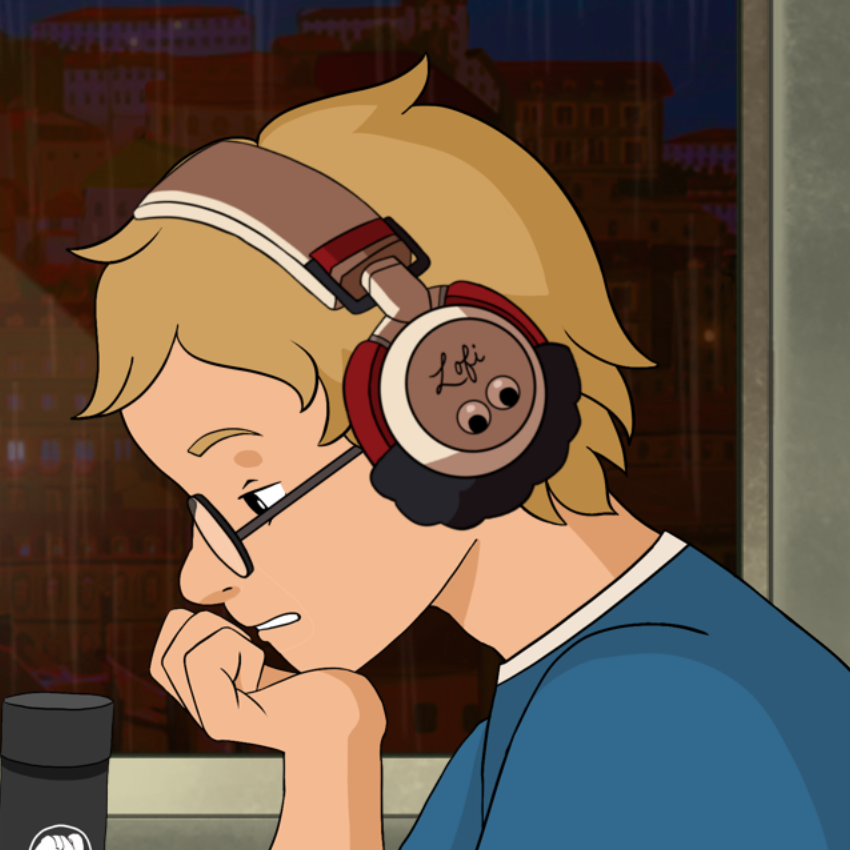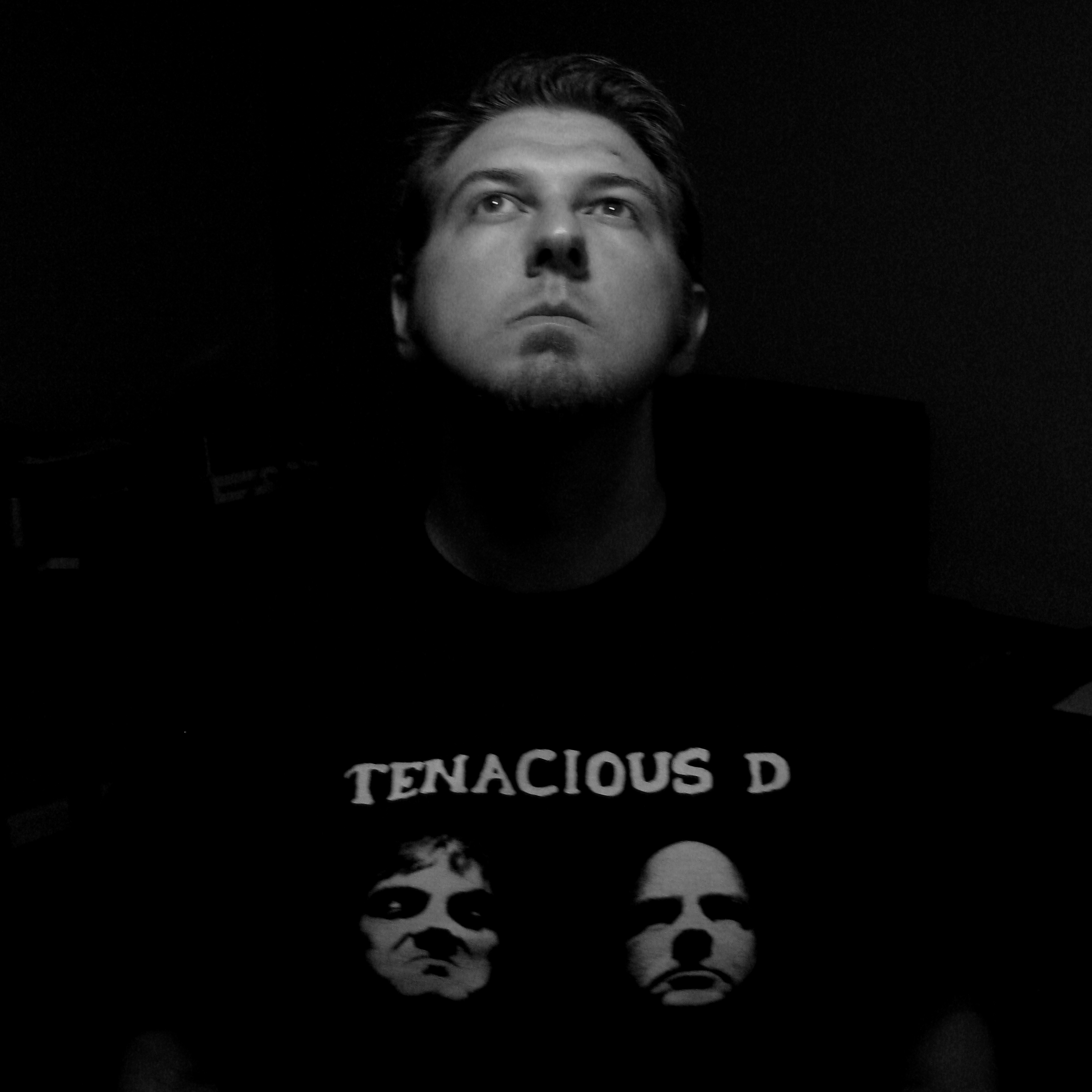I always learned “ROYGBIV” as the colors of the rainbow. Red, orange, yellow, blue, indigo, violet.
What’s up with the last two? Isn’t indigo basically just dark blue? Why is it violet and not purple? Can’t it just be “ROYGBP”?
Actually, the answer turns out to be pretty interesting.
The short version is that what colors are considered “distinct” are heavily influenced by culture and Newton, from whom we get ROYGBIV, came from a culture which valued the dye called “indego.”
Edit: It also seems Newton thought the number 7 had cosmic significance and thought there ought to be 7 colors.
More info in this short video: https://www.youtube.com/watch?v=bf7WT6TLy8s
deleted by creator
I still see people without color-blindness have trouble distinguishing some shades of red/yellow/orange.
Huh, I had always assumed oranges got their name from the color, not the other way around…
deleted by creator
Well it was the 1600s and he was a natural philosopher. Back in those days, all sorts of weird stuff ended up in the books because it fit a certain philosophy. Our modern understanding of empirical science is a relatively new idea.
I’m confused…
Doesn’t a rainbow contain all colours by definition?
It doesn’t contain pink or brown. Some of the colours we see are how we register a mixture of light frequencies, whereas each point in the rainbow is just a single frequency.
What a phantastic thread!
We have had linguistics, sociology, physics and now biology in the form of colour perception so far.
Cross domain discussions are great! :-)
This is incredibly incorrect. While many colors that are additive are combinations, those combinations are simply approximations of the single wavelength true color. All colors are on a spectrum of hue, luminance (brightness) and intensity (saturation).
Pink is red with high luminance and high intensity, and brown is orange with low luminance and mid-high intensity
Nope. A whole bunch of colors do not correspond to any wavelength of light. This includes purple.
Among some of the colors that are not spectral colors are:
Grayscale (achromatic) colors, such as white, gray, and black. Any color obtained by mixing a gray-scale color and another color (either spectral or not), such as pink (a mixture of a reddish color and white), or brown (a mixture of orange and black or gray). Violet-red colors, which in color theory include line of purples colors (such as, approximately, magenta and rose), and other variations of purple and red. Impossible colors, which cannot be seen under normal viewing of light, such as over-saturated colors or colors that are seemingly brighter than white. Metallic colors which reflect light by effect.
https://en.wikipedia.org/wiki/Spectral_color#Extra-spectral_colors
Well yes, but the differentiation of colors varies by, believe it or not, culture! For example, the Japanese word for blue, 青 (ao) was used both (depending on context) for what we would call blue and green, and it wasn’t until modern times that a new word, 緑 (midori) started being used to explicitly define what we might call green. Even now, their ‘green’ traffic lights would be described as blue in other cultures. My apologies for the euro-centric over-simplification, but here’s a great article to elaborate further: https://cotoacademy.com/japanese-color-blue-green-aoi-midori-青い-みどり/
Interesting point.
And I am a little bit with the Japanese in this regard. At least my GF always complains that I am unable to correctly distinguish between green and blue ;-)
There’s a difference between linguistic simplicity and color blindness.
Well in my case it’s more about where to draw the line between blue and green.
I can differentiate the colours but just still call things blue that my GF (and most of the rest of the world, apart from Japanese and the german dialect I grew up with as it seems) already calls green.
This is a running joke in my house. My daughters like to wear a lot of blue/green shirts. Apparently I always guess it wrong.
Finally, I am not the only one! Feels good.
Purple, or violet, is a bit shorter than 400 nanometers regarding its wavelength.
https://pixfeeds.com/images/7/308404/1200-308404-483872671.jpg
Actually…
There is no purple light.
Kinda.
Video explaining it in detail: https://youtu.be/CoLQF3cfxv0
Several colors we can perceive only exist as a specific mixture of wavelengths. And purple (coincidentally for this thread) is one such - white light contains it, sure, but, you can’t isolate it to a specific single band, like you can isolate cyan or yellow. So, no, rainbows can not have purple in them.
I disagree. That color he keeps talking about is magenta, there is no magenta light. I see purple in the rainbow, but not magenta.
You would be half correct. Magenta is impossible “in the real world”. It obviously exists on your computer screen due to its ability to shoot colored light into your eyeballs
Well yeah. I guess my question should be “why do we learn indigo and violet when we learn about the rainbow”. It’s more cultural
Yes, exactly.
E.g. in Germany I don’t have heard anyone using Indigo and Purpur as major colours but only in combination with blue : “Purpurblau” and “Indigoblau” describing certain forms of blue.
So only blue and violet in german rainbows. And ultraviolet because most of us are more engineer than poet nowadays ;-)
Because purple is a combination of wavelengths and the rainbow has only has the single wavelengths. It also missing “lighter” colors like pink and “darker” like brown
This is my favourite video about the colour brown! https://youtu.be/wh4aWZRtTwU
???
Purple is not a combination of wavelengths, it is a single one. And pink and brown are lighter/darker versions of other colors. Pink being light red, and brown being dark orange.
Depends on how you define purple. If violet is close enough to purple for you then that “purple” would be a single spectral color, a single or continuous set of wavelengths. If it’s just a little more like magenta it would be a non-spectral color. A combo of red and blue light.
Plenty of non-spectral colors. Most things we see are non-spectral colors. Single pigments give off multiple wavelengths. Most things have combos of pigments on top of that. Emission spectra are multiple wavelengths.
Purple is often defined as the color we perceive when something reflects blue and red light, whereas violet is a specific region of the light spectrum between blue and ultraviolet.
big rainbow is powerful.
Because ROY G BIV is much easier to remember and say.
In Czech it’s red, orange, yellow, green, turquoise, blue, violent/purple (we have the same word for both).
I thought violet was just another name for purple
Oh. Thank you! Had no idea haha
It was originally ROYGB and the rest.
I have been trolling people for years with passionate wat-too-serious arguments that the rainbow is ROY G BAP for blue and purple.
Indigo is closer to Blue. Violet is closer to Red.
Purple is inbetween Indigo and Violet.
Removed by mod
Indigo color is created by mixing more parts of Blue than Red.
Violet color is created by mixing more parts of Red than Blue.
Purple is created when two wavelengths are visible at the same time, between Red and Blue. At the same time, Violet colors border on Red, and Indigo colors border on blue.
Therefore, Purple is a color inbetween Violet and Indigo.
Removed by mod











